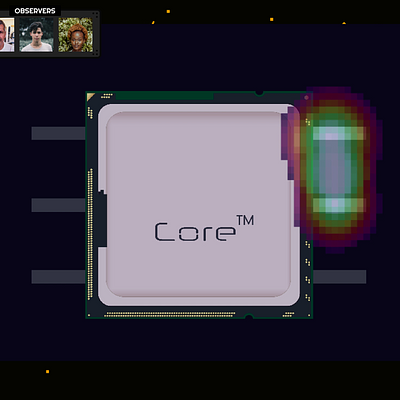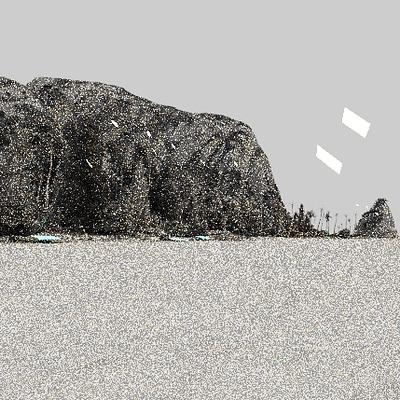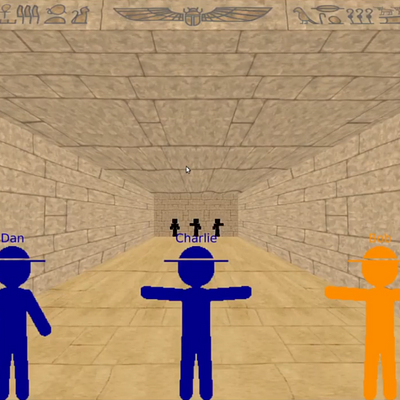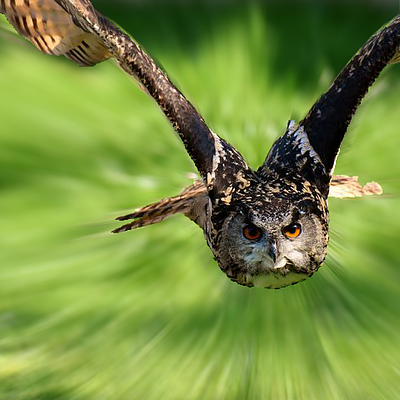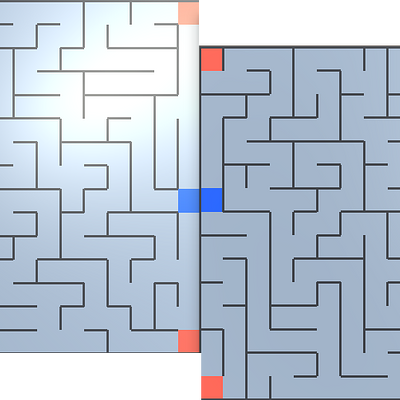2020
In Proceedings of GALA,
2020
ACM Comput Graph Interact Tech,
2020
In Proceedings of PacificVis,
2020
In Proceedings of Eurographics (Short Papers),
2020
In Proceedings of CHI PLAY (Companion),
2020
In Proceedings of FDG,
2020
IEEE Transactions on Visualization and Computer Graphics,
2020
In Proceedings of CoG,
2020
Comput Aided Geom Des,
2020
IEEE Transactions on Visualization and Computer Graphics,
2020
Computer Graphics Forum,
2020
Sci Transl Med,
2020
Computer Graphics Forum,
2020
In Proceedings of FDG,
2020


